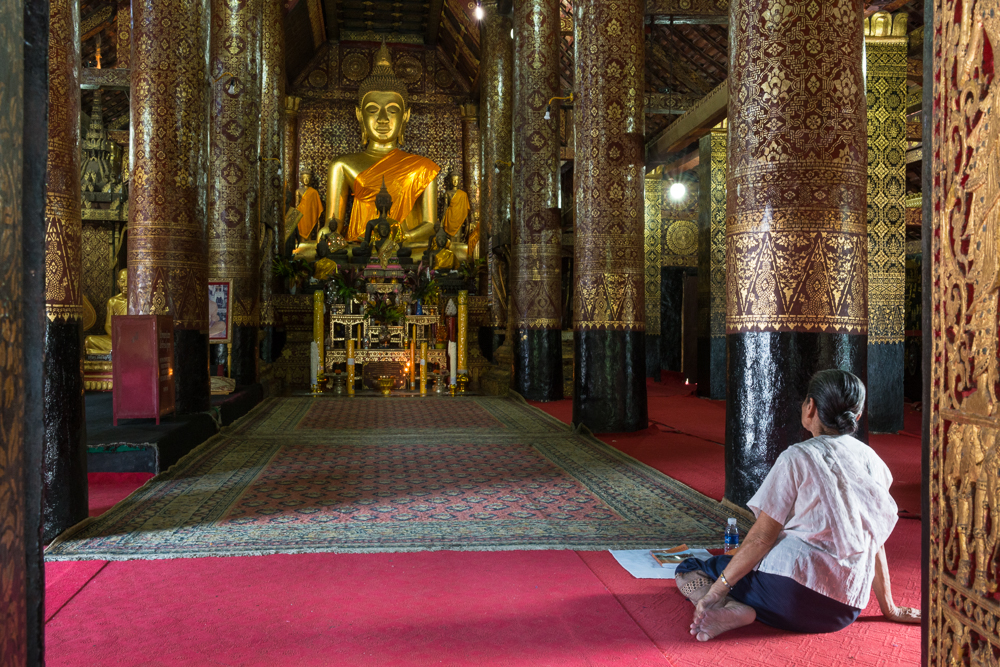Marc Schlossman is one of our expert Golden Lands photographers – read our first interview with Marc here.

In this second interview, we quiz Marc about some of the practical and technical aspects of working on photography for the Architecture of Buddhism book series…
1. Compared to normal photo projects, what were some of the technical differences and challenges around the Golden Lands project?
I carried a tripod at all times — long exposures inside dark temple interiors were very important.
Stone surfaces and facades can look very dull in bad light so we had to make the most of good light. We often had to visit a site more than twice to get the light falling just right on a feature or exterior so we were running around a lot and I had to keep a careful list of what I needed to do and at what time of day.
Shooting after dark can give the project a very different look so we were often shooting all day and then some!

2. Can you tell us about the camera(s) used and any equipment you found useful?
Nikon D700 (I now have a D800 too); 14-24mm zoom, 24-70mm zoom, 50mm, 105mm, 180mm and 300mm lenses.
A tripod is essential and a head torch for dark interiors to set the camera!
I used a lot of graduated filters to control scene contrast.
3. Some of the tight and dark interior shots in temples seemed particularly challenging: can you discuss how these were approached?
Good question! Having the 14-24mm zoom was crucial to gather in as much space as possible in cramped spaces. The tripod ensured that long exposures allowed us to shoot in low light.
In a few shots I used off-camera flash heads to add light in very dark spaces or to illuminate key features.

4. Did you encounter any difficulty with permission to photograph at or within any of the Buddhist monasteries and temples?
Really none whatsoever! There were times and places where we needed to be sensitive to what was happening around us but we were welcome everywhere.

5. Can you give us some tips or examples about lighting, times of day, or other ideas for getting good shots of temples and monuments?
Always look — look at the facade first and discern which time of day the stone will have its best light. A tripod can almost create light, in that a dark space with just a little light can look very different with a long exposure.
I always have Nikon flash heads with me but I use them sparingly and even then I try to make the flash light look like natural light coming from a source that wasn’t there.
Always know the time of sunrise and sunset! There are simple phone apps for this. Get up early, stay out late — use the hours just after sunrise and before sunset.
Keep shooting when the light is overhead at midday but be aware of how it makes your subject look; shoot something in (often beautiful) open shade if you are struggling with harsh midday sun.

Click here to view Marc’s official website portfolio
<< Read our first interview with Marc